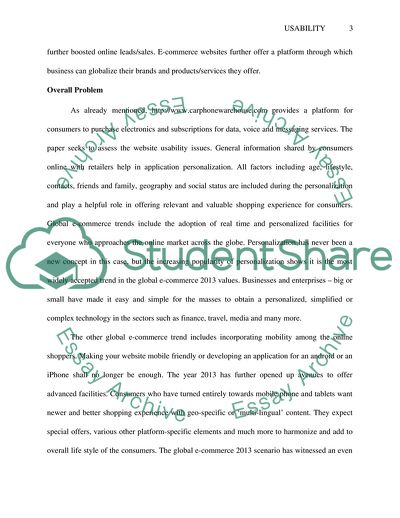Cite this document
(User Experience and Usability Evaluation Case Study Example | Topics and Well Written Essays - 2750 words, n.d.)
User Experience and Usability Evaluation Case Study Example | Topics and Well Written Essays - 2750 words. https://studentshare.org/information-technology/1805692-user-experience
User Experience and Usability Evaluation Case Study Example | Topics and Well Written Essays - 2750 words. https://studentshare.org/information-technology/1805692-user-experience
(User Experience and Usability Evaluation Case Study Example | Topics and Well Written Essays - 2750 Words)
User Experience and Usability Evaluation Case Study Example | Topics and Well Written Essays - 2750 Words. https://studentshare.org/information-technology/1805692-user-experience.
User Experience and Usability Evaluation Case Study Example | Topics and Well Written Essays - 2750 Words. https://studentshare.org/information-technology/1805692-user-experience.
“User Experience and Usability Evaluation Case Study Example | Topics and Well Written Essays - 2750 Words”. https://studentshare.org/information-technology/1805692-user-experience.


